Home>Articles>Which Type Of Plan Shows The Layout Of The HVAC System
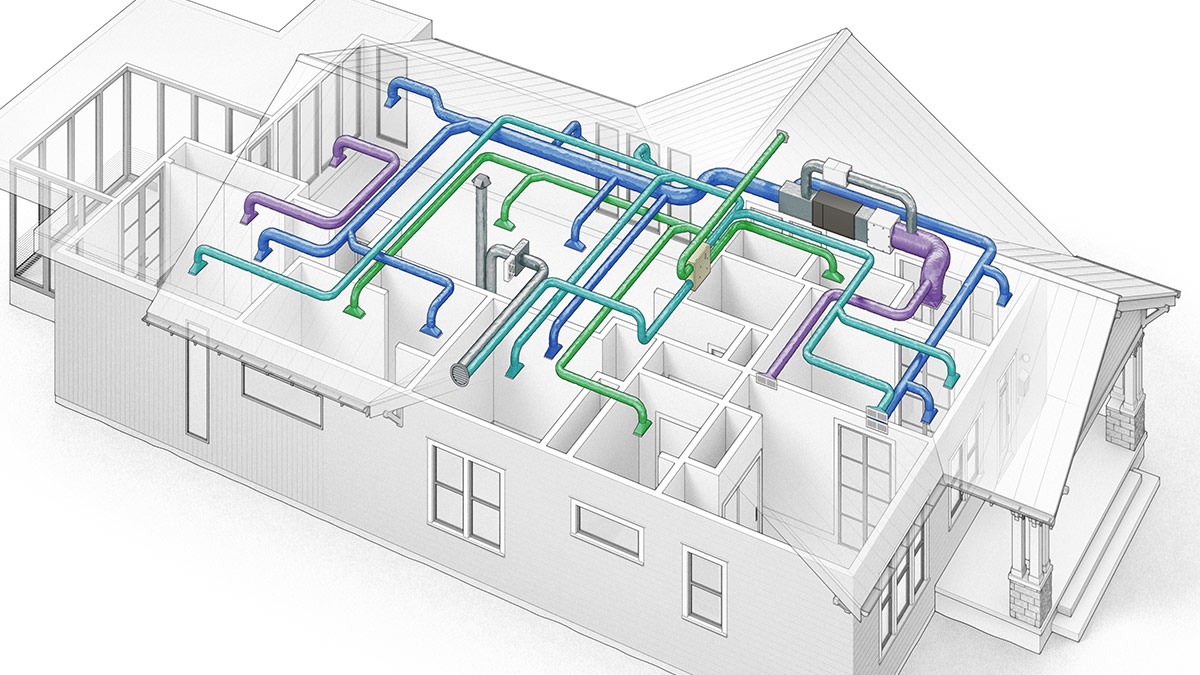

Articles
Which Type Of Plan Shows The Layout Of The HVAC System
Modified: January 6, 2024
Find articles about different types of HVAC system plans and layouts to help you understand and choose the right plan for your needs.
(Many of the links in this article redirect to a specific reviewed product. Your purchase of these products through affiliate links helps to generate commission for Storables.com, at no extra cost. Learn more)
Introduction
When it comes to designing and installing HVAC (Heating, Ventilation, and Air Conditioning) systems, having a comprehensive and well-executed plan is essential. A layout plan serves as a blueprint that guides the installation process and ensures that the system functions efficiently and effectively. It provides a visual representation of the system’s components, ductwork, and their interconnections.
In this article, we will explore the different types of layout plans used in HVAC systems and discuss their purposes and benefits. Understanding these plans will not only help HVAC professionals but also enable homeowners to make informed decisions when it comes to their heating and cooling needs.
Before we delve into the types of layout plans, let’s briefly explore the basics of HVAC systems.
Key Takeaways:
- Choosing the right layout plan for an HVAC system is crucial, as it ensures efficient use of space, precise temperature control, and optimal energy efficiency. Factors such as building size, complexity, budget, timeline, and client preferences should be considered when making this decision.
- Different types of layout plans, including single-line plans, schematic diagrams, floor plans, and zone layout plans, offer unique benefits and serve specific purposes in HVAC system design. Understanding these plans and their applications is essential for creating successful HVAC systems that meet the diverse needs of clients.
Read more: Which HVAC System Has The Best Warranty
Understanding HVAC Systems
HVAC systems play a crucial role in maintaining a comfortable and healthy indoor environment. They are responsible for regulating temperature, humidity, and air quality in residential, commercial, and industrial buildings. HVAC systems consist of various components that work together to provide optimum comfort and energy efficiency.
The main components of an HVAC system include:
- Heating: This component is responsible for generating heat. It can be in the form of a furnace, boiler, or heat pump.
- Ventilation: Ventilation ensures the exchange of indoor and outdoor air, removing pollutants and maintaining proper air circulation.
- Air Conditioning: This component cools and dehumidifies the air. It can be achieved through central air conditioning units, split systems, or window units.
- Ductwork: Ducts are used to distribute heated or cooled air throughout the building. They are typically made of metal, fiberglass, or flex ducts.
- Controls: Controls include thermostats, sensors, and timers that regulate the operation of the HVAC system.
Understanding the functions and interconnections of these components is crucial to designing and installing an efficient HVAC system. It ensures that the system meets the heating and cooling demands of the space while minimizing energy consumption.
Now that we have a basic understanding of HVAC systems, let’s explore the purpose and importance of having a layout plan.
Purpose of a Layout Plan
A layout plan serves as a visual representation of an HVAC system, detailing the placement and interconnections of its components. It plays a crucial role in the design, installation, and maintenance of the system. Here are some key purposes of a layout plan:
- Visualization: A layout plan provides a clear and visual representation of how the HVAC system will be installed in a building. It helps stakeholders, including HVAC professionals and homeowners, to understand the system’s design and functionality.
- Efficiency: A layout plan ensures that the HVAC system is designed and installed efficiently. It takes into consideration factors such as the size of the space, insulation, and airflow requirements, to determine the optimal placement of components and ductwork. This results in a system that operates effectively and maximizes energy efficiency.
- Coordination: Creating a layout plan enables better coordination among different trades involved in the construction process. It ensures that HVAC contractors, electricians, plumbers, and other parties understand the system’s requirements and can plan their work accordingly.
- Troubleshooting and Maintenance: A well-documented layout plan simplifies troubleshooting and maintenance tasks. It provides a reference for HVAC technicians when diagnosing issues or performing routine maintenance. This saves time and ensures that the system is functioning optimally.
- Compliance: A layout plan helps ensure compliance with building codes and regulations. It allows authorities and inspectors to verify that the HVAC system is designed and installed according to industry standards, ensuring the safety and functionality of the system.
In summary, a layout plan serves as a roadmap for the design, installation, and maintenance of an HVAC system. It enhances efficiency, coordination, troubleshooting capabilities, and compliance with building codes. Now that we understand the purpose of a layout plan, let’s explore the different types of HVAC system layout plans in more detail.
Types of HVAC System Layout Plans
There are several types of layout plans used in HVAC system design. Each plan provides a unique perspective on the system’s components and their arrangement. Let’s explore some of the common types:
1. Single-Line Plan:
A single-line plan, also known as a single-line diagram or a one-line diagram, provides a simplified representation of the HVAC system. It uses symbols and labels to indicate the main components of the system, such as the equipment, ducts, and controls. This plan is commonly used for preliminary designs or as a reference during discussions with clients and contractors.
Read more: Which Direction Should My HVAC Filter Face?
2. Schematic Diagram:
A schematic diagram provides a more detailed view of the HVAC system. It shows the interconnections between various components, as well as the flow of air, refrigerant, and electrical signals. This plan includes more specific information about each component, such as model numbers, sizes, and ratings. Schematic diagrams are often used during the design and installation phases to ensure accurate implementation of the system.
3. Floor Plan:
A floor plan is a scaled drawing that shows the layout of an entire building, including the HVAC system. It provides an overhead view of the space, indicating the location of the equipment, ductwork, vents, and registers. Floor plans are helpful for visualizing the system’s integration with other building elements and for coordinating with other trades during construction.
4. Zone Layout Plan:
A zone layout plan divides the building into different zones, each requiring independent temperature control. It shows the distribution of equipment, ducts, and controls for each zone. This plan is particularly useful for buildings with varying occupancy and heating/cooling needs, such as multi-story structures or commercial spaces with different areas serving specific functions.
It is important to note that these layout plans can be used in combination or individually, depending on the complexity of the HVAC system and the requirements of the project.
Now that we have explored the types of layout plans, let’s consider some factors to consider when choosing the most appropriate plan for a given HVAC system.
Single-Line Plan
A single-line plan, also known as a single-line diagram or a one-line diagram, is a simplified representation of an HVAC system. It provides a visual overview of the system’s components and their interconnections, using symbols and labels to denote the major elements.
The main purpose of a single-line plan is to present a concise and straightforward representation of the HVAC system’s design. It gives an initial understanding of the system’s layout and functionality. Here are some key features and uses of a single-line plan:
Read more: How To Show Windows On A Floor Plan
Simplified Representation:
A single-line plan uses standardized symbols and labels to represent different components of the HVAC system, such as the equipment, ducts, and controls. This simplification allows for a quick understanding of how the system is organized and connected.
Preliminary Design:
Single-line plans are often used during the preliminary design phase of an HVAC system. They provide a basic outline of the system, allowing designers to assess its feasibility and make initial decisions regarding equipment placement and system layout. It helps determine if any modifications or adjustments are necessary before moving forward with a more detailed design.
Discussion and Communication:
Single-line plans are also valuable when discussing the HVAC system with clients, contractors, and other stakeholders. The simplified visual representation helps facilitate communication and ensures that everyone involved has a common understanding of the system’s design and functionality.
System Documentation:
In addition to their role in preliminary design and communication, single-line plans serve as an essential documentation tool. They provide a reference for technicians and maintenance personnel when troubleshooting, repairing, or maintaining the HVAC system in the future. By having a clear visual representation, it becomes easier to identify and locate specific components or connections in the system.
In summary, the single-line plan is a simplified representation of an HVAC system that provides an initial understanding of the system’s layout and functionality. It is commonly used during the preliminary design phase, facilitates communication, and serves as a reference for future troubleshooting and maintenance. Now, let’s explore the other types of layout plans used in HVAC system design.
Read more: Which HVAC Brand Is The Best
Schematic Diagram
A schematic diagram is a detailed representation of an HVAC system that provides a comprehensive view of its components, connections, and flow of air, refrigerant, and electrical signals. It goes beyond the simplicity of a single-line plan and offers a more detailed and accurate representation of the system’s design.
The primary purpose of a schematic diagram is to ensure clarity and accuracy in the design and installation of an HVAC system. Here are some key features and uses of a schematic diagram:
Component Details:
A schematic diagram includes specific information about each component in the HVAC system, such as model numbers, sizes, ratings, and other technical details. This level of detail ensures that the correct components are selected and installed, contributing to the overall efficiency and performance of the system.
Interconnections and Flow:
Schematic diagrams illustrate how different components are interconnected within the HVAC system. They show the flow of air, refrigerant, and electrical signals, helping to ensure proper functionality and optimal system performance. This visual representation aids in identifying potential issues or bottlenecks in the system’s design.
System Control:
Schematic diagrams also depict the control systems and devices used to regulate and monitor the HVAC system. This includes thermostats, sensors, switches, and other control devices. Understanding the control system layout is crucial for proper system operation and troubleshooting.
Installation Reference:
During the installation phase, a schematic diagram serves as a valuable reference for HVAC technicians. It provides a detailed visual guide for proper equipment placement, ductwork routing, electrical connections, and control wiring. By following the schematic diagram, technicians can ensure accurate and efficient installation, minimizing potential errors or issues.
In summary, a schematic diagram offers a detailed and accurate representation of an HVAC system, including component details, interconnections, flow, and control systems. It is a crucial tool during the design, installation, and troubleshooting phases, ensuring the effectiveness, efficiency, and functionality of the system. Now, let’s move on to the next type of HVAC system layout plan.
Floor Plan
A floor plan is a scaled drawing that provides an overhead view of a building’s layout, including the HVAC system. It showcases the placement and arrangement of components, ductwork, vents, and registers within the space. The floor plan offers a comprehensive visualization of how the HVAC system integrates with the overall building design.
The main purpose of a floor plan in the context of an HVAC system is to ensure efficient space utilization and effective distribution of conditioned air. Here are some key features and uses of a floor plan:
Space Planning and Utilization:
A floor plan allows HVAC professionals to analyze the available space and plan for the optimal placement of equipment, ductwork, vents, and registers. This ensures efficient use of the space, taking into consideration factors such as building layout, room sizes, and occupant needs. By strategically placing the components and ductwork, the system can efficiently deliver conditioned air to each area of the building.
Coordination with Other Trades:
During the construction or renovation process, a floor plan serves as a vital communication tool among different trades involved, including architects, mechanical engineers, electricians, and plumbers. It helps coordinate the layout of HVAC components with other building elements such as walls, ceilings, electrical systems, and plumbing lines. By integrating the HVAC system seamlessly into the floor plan, conflicts and clashes with other utilities can be avoided.
Read more: How To Show Ceiling Height On A Floor Plan
Equipment Placement and Access:
A floor plan enables HVAC professionals to determine the most suitable locations for equipment such as furnaces, air handlers, condensers, and air conditioning units. It takes into account factors such as accessibility for maintenance, serviceability, and noise considerations. Proper equipment placement not only ensures efficient operation but also facilitates future maintenance and repairs.
Ductwork Routing:
A floor plan provides a visual representation of how the ductwork will be routed throughout the building. HVAC professionals can plan the most efficient and effective paths for the ducts, considering factors such as distance, airflow requirements, and minimizing pressure drop. By carefully designing the ductwork layout, optimal airflow distribution can be achieved, leading to better comfort and energy efficiency.
In summary, a floor plan is a scaled drawing that showcases the layout of an HVAC system within a building. It aids in space planning, coordination with other trades, equipment placement, and ductwork routing. By carefully considering these factors, HVAC professionals can ensure an efficient and functional HVAC system that meets the specific needs of the building and its occupants. Now, let’s explore the final type of HVAC system layout plan.
Zone Layout Plan
A zone layout plan is a specialized type of HVAC system layout plan that divides a building into different zones, each with its independent temperature control requirements. It provides a detailed representation of how the HVAC system is designed to meet the heating and cooling needs of specific areas or zones within the building.
The main purpose of a zone layout plan is to ensure precise temperature control and energy efficiency. Here are some key features and uses of a zone layout plan:
Zone Identification:
A zone layout plan clearly identifies the different areas or zones within the building that require individual temperature control. Each zone may consist of separate rooms, floors, or areas with similar heating and cooling needs. By assigning specific zones, the HVAC system can efficiently tailor the temperature settings to meet the comfort requirements of each zone.
Read more: How To Plan A Garden Bed Layout
Equipment Distribution:
A zone layout plan indicates the location and distribution of equipment such as air handling units, condensers, or fan coil units for each zone. By strategically placing the equipment, the HVAC system can achieve optimum performance and efficiency for each zone. This allows for individual control and adjustment of temperature settings to match the actual usage and occupancy of each area.
Ductwork Routing:
Similar to other layout plans, a zone layout plan also shows the routing of ductwork within the building. However, it highlights the specific ducts that serve each zone. By carefully designing the ductwork layout, the HVAC system can effectively deliver conditioned air to the designated zones, ensuring precise temperature control and comfort.
Control Systems:
A zone layout plan incorporates the control systems required to regulate and monitor each zone’s temperature. This includes zone dampers, thermostats, sensors, and control panels. These control devices allow for independent adjustment of temperature settings, providing customized comfort for each zone and maximizing energy efficiency.
In summary, a zone layout plan is designed to meet the individual temperature control requirements of different zones within a building. It involves identifying zones, distributing equipment, routing ductwork, and implementing control systems. By implementing a zone layout plan, the HVAC system can provide efficient and precise temperature control, ensuring optimal comfort and energy efficiency for each area or zone within the building.
Now that we have explored the different types of HVAC system layout plans, let’s consider some factors to consider when selecting the most appropriate plan for a given HVAC system.
Factors to Consider in Choosing a Layout Plan
When selecting a layout plan for an HVAC system, several factors should be taken into consideration. These factors ensure that the chosen plan aligns with the specific needs and requirements of the project. Here are some key factors to consider:
Read more: Which Home Improvement Shows Are Staged
Building Size and Layout:
The size and layout of the building play a significant role in determining the most suitable layout plan. Different types of buildings, such as residential homes, commercial spaces, or industrial facilities, may have unique design considerations. A single-line plan or schematic diagram may be more appropriate for smaller buildings, while larger buildings may benefit from a detailed floor plan or zone layout plan to achieve precise temperature control.
System Complexity:
The complexity of the HVAC system also influences the choice of layout plan. A simple system with few components may only require a single-line plan or schematic diagram. On the other hand, a system with multiple zones, intricate ductwork, and specialized control systems may necessitate a more detailed and comprehensive layout plan, such as a zone layout plan.
Project Budget:
The budget allocated for the HVAC system design and installation is an important consideration. More detailed and comprehensive layout plans may require additional resources, including time and cost. It’s essential to strike a balance between the level of detail required and the available budget to ensure an effective and efficient HVAC system design.
Project Timeline:
The project timeline is another key factor in choosing a layout plan. If the project has a tight deadline, a simplified layout plan, such as a single-line plan or schematic diagram, may be more suitable due to its quicker production time. On the other hand, if time allows for more detailed planning and coordination, a floor plan or zone layout plan may offer greater benefits in terms of precise temperature control and system efficiency.
Client Preferences:
Client preferences and specific requirements should also be taken into account when selecting a layout plan. Some clients may prioritize energy efficiency, while others may prioritize cost-effectiveness or aesthetics. Understanding and integrating the client’s priorities into the layout plan will help ensure their satisfaction with the final HVAC system design.
In summary, several factors, such as building size and layout, system complexity, budget, project timeline, and client preferences, should be considered when choosing a layout plan for an HVAC system. By evaluating these factors, HVAC professionals can select the most appropriate plan that aligns with the specific needs and goals of the project.
Now, let’s conclude our discussion on layout plans for HVAC systems.
Conclusion
Designing and installing an HVAC system requires careful planning and consideration. A well-executed layout plan serves as the foundation for a successful HVAC system, ensuring efficient and effective operation. In this article, we explored the different types of layout plans used in HVAC systems, including single-line plans, schematic diagrams, floor plans, and zone layout plans.
A single-line plan provides a simplified overview of the system, while a schematic diagram offers a more detailed representation of its components and interconnections. Floor plans give a comprehensive view of how the HVAC system integrates with the building’s layout, and zone layout plans cater to precise temperature control requirements in different areas of the building.
Each type of layout plan has its own purpose and benefits, depending on the specific needs of the project. Factors such as building size, system complexity, budget, project timeline, and client preferences should be considered when selecting an appropriate layout plan.
By choosing the right layout plan, HVAC professionals can ensure efficient use of space, effective distribution of conditioned air, precise temperature control, and optimal energy efficiency. The plan serves as a visual guide for installation, maintenance, and troubleshooting, promoting seamless coordination among different trades involved in the project.
In conclusion, a well-designed and executed layout plan is essential for the success of an HVAC system. It not only ensures optimal performance and efficiency but also enhances comfort and air quality in residential, commercial, and industrial buildings. By understanding the different types of layout plans and considering the relevant factors, HVAC professionals can create HVAC systems that meet the specific needs of their clients while delivering long-term reliability and satisfaction.
Frequently Asked Questions about Which Type Of Plan Shows The Layout Of The HVAC System
Was this page helpful?
At Storables.com, we guarantee accurate and reliable information. Our content, validated by Expert Board Contributors, is crafted following stringent Editorial Policies. We're committed to providing you with well-researched, expert-backed insights for all your informational needs.
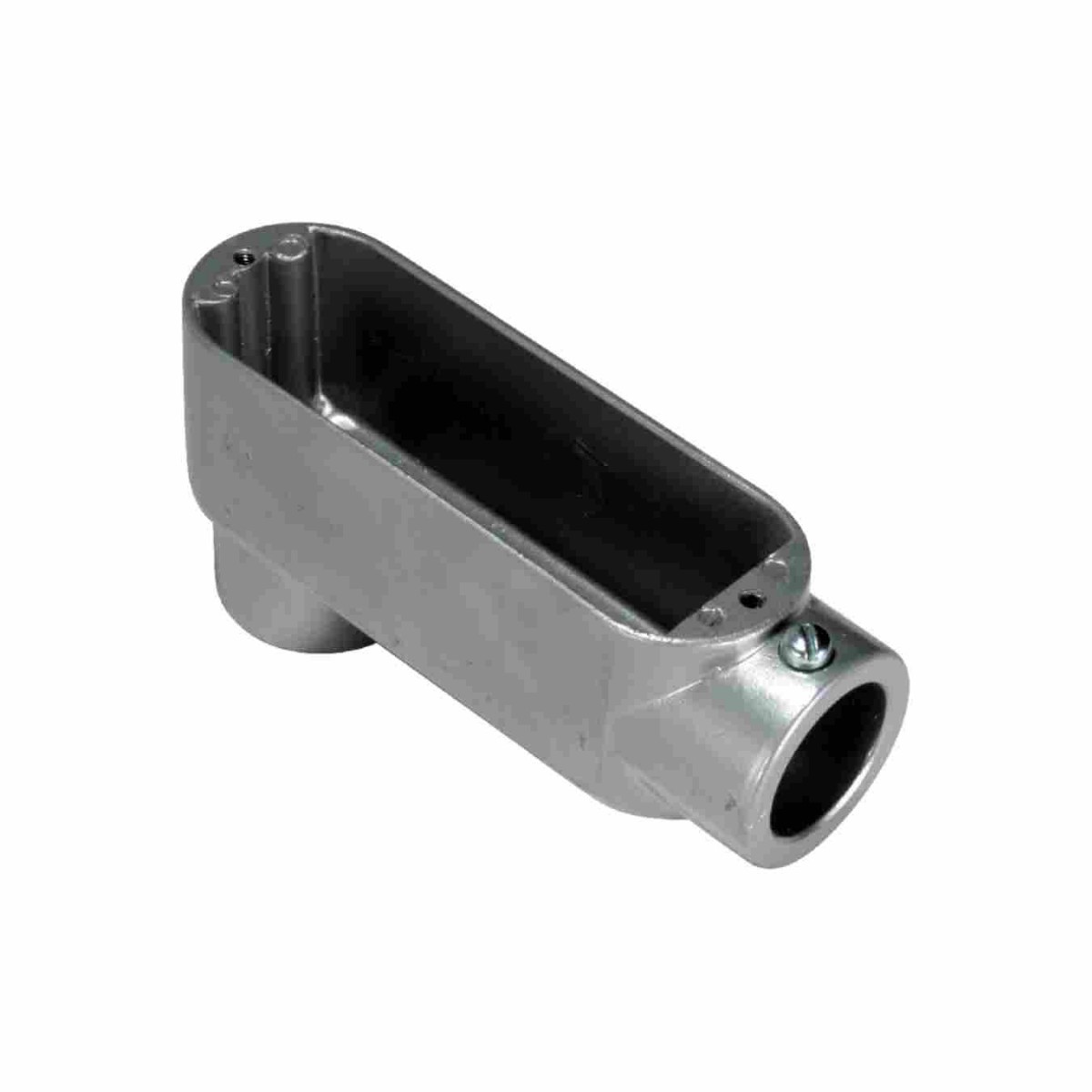
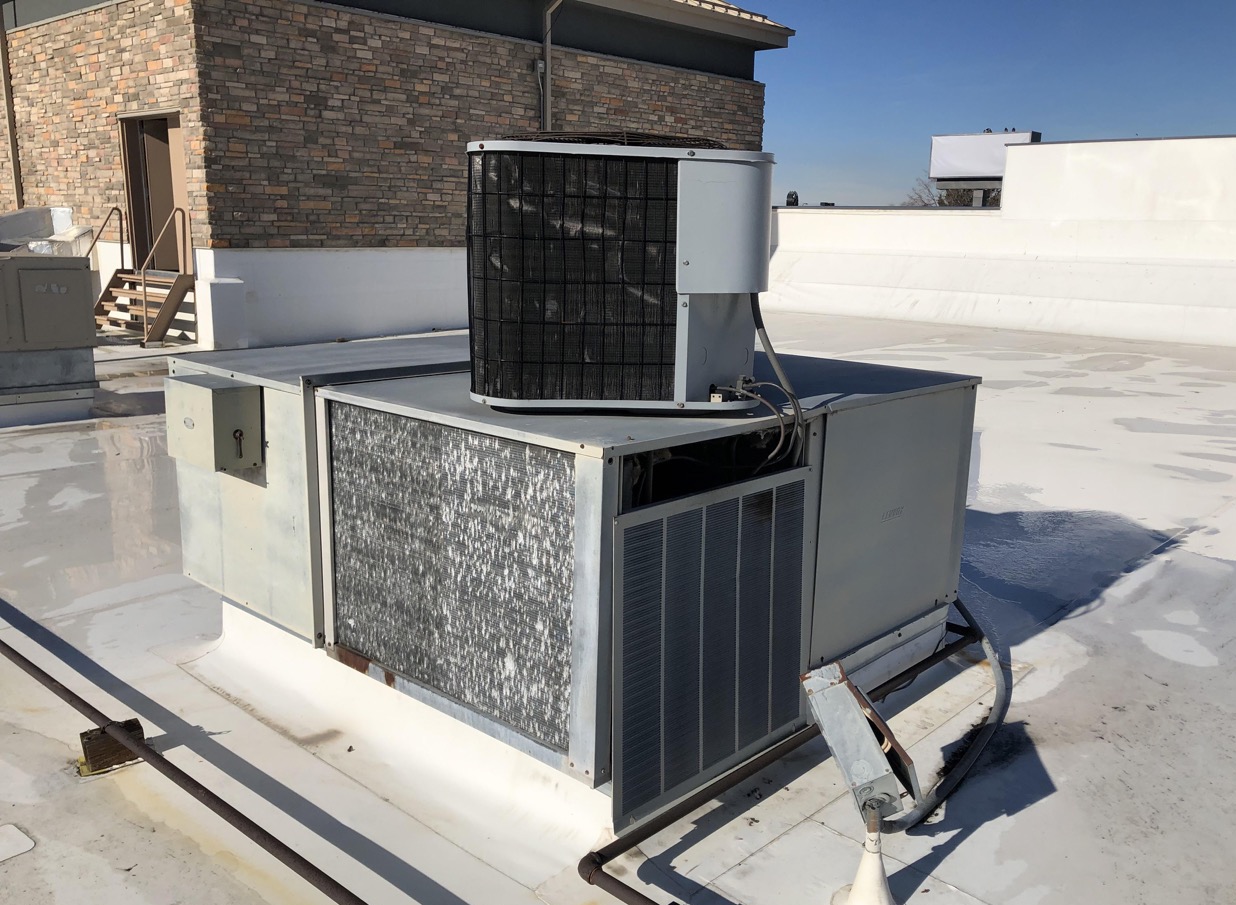


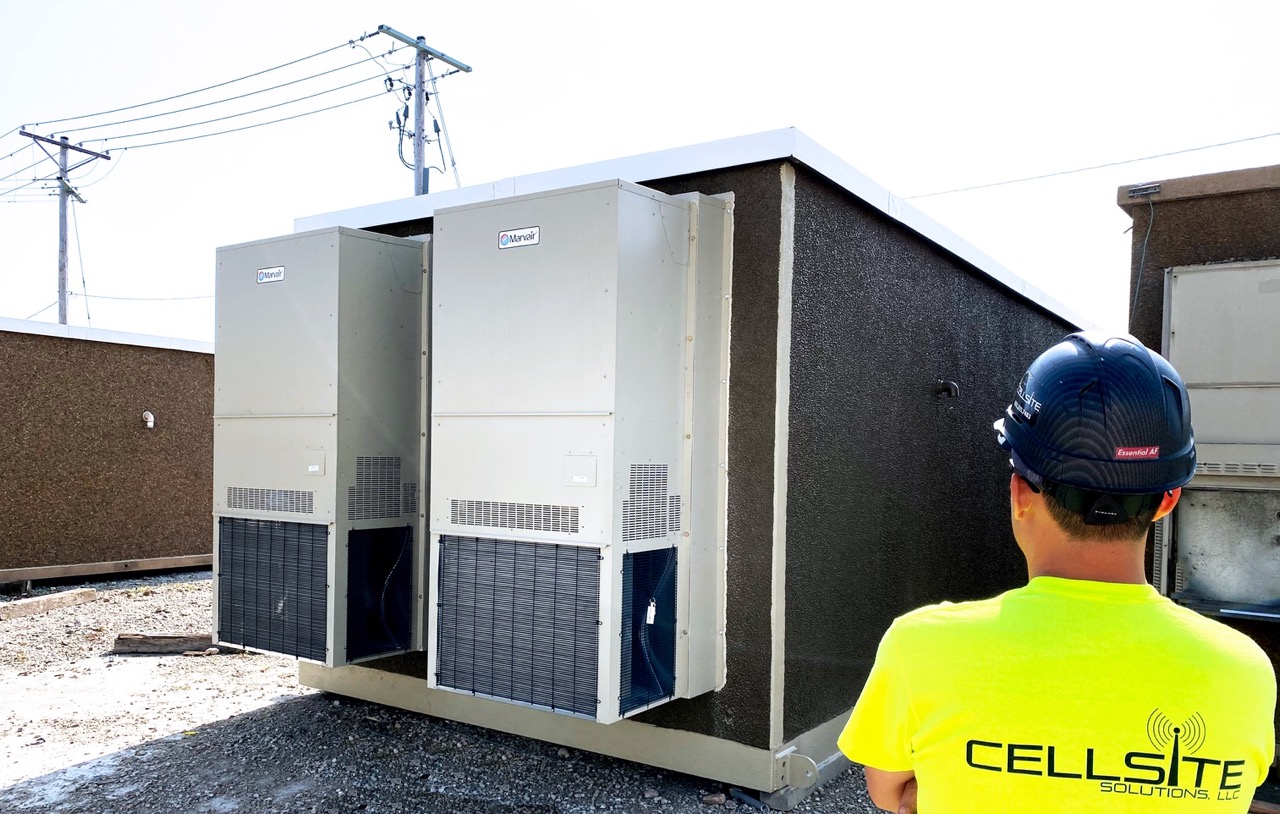

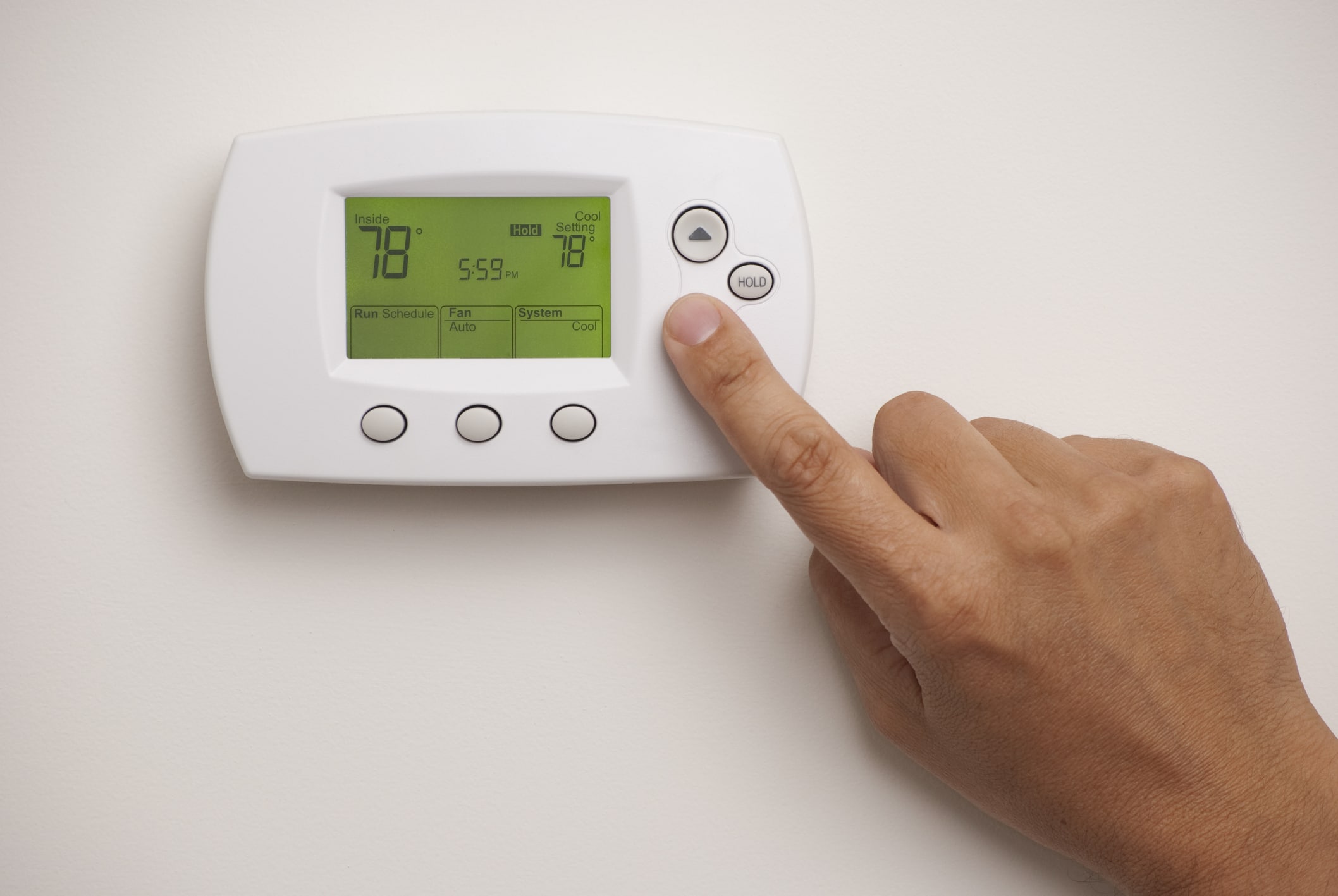

0 thoughts on “Which Type Of Plan Shows The Layout Of The HVAC System”